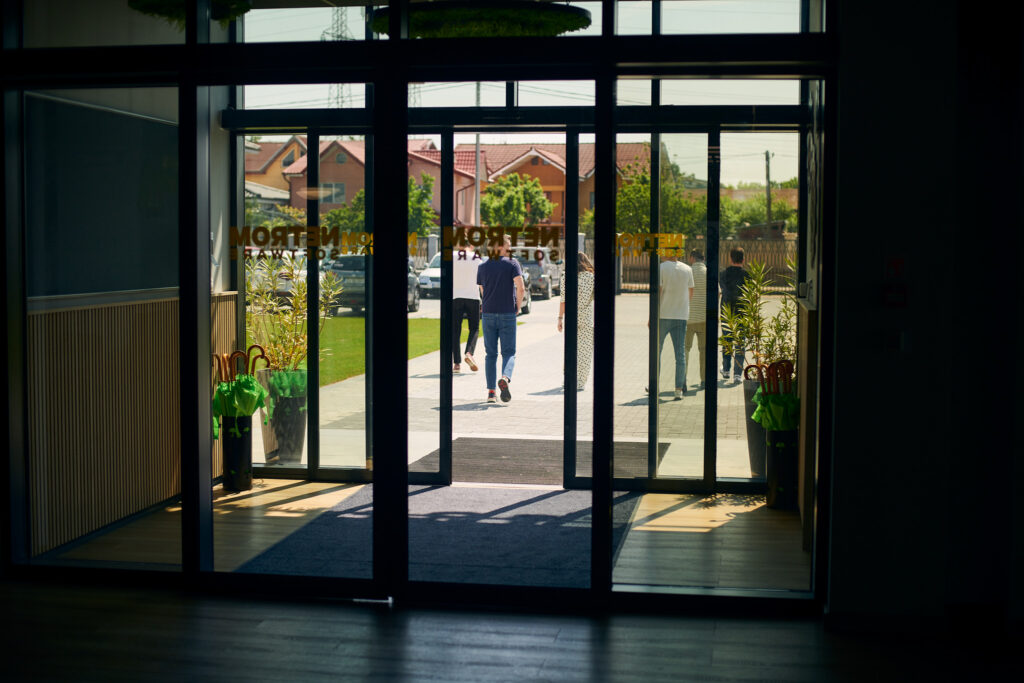
In recent years, it hasn’t happened very often, but recently I had contact again with the Dutch embassy in Bucharest after a long time. As a board member of the business platform Dutch Romanian Network, I attended the annual Romanian Business Day at Slot Loevestein on November 21, 2024. There, I coincidentally met Andrei, a policy officer at the Dutch embassy in Bucharest. On his way to the event, he had gotten stranded at a small train station near Gorinchem, and since I was passing by anyway, I gave him a ride. Later, we both had to travel to Amsterdam as well, so we had plenty of time to talk. Naturally, our conversation quickly turned to the perceived differences and similarities between the Netherlands and Romania.
Perhaps not entirely by coincidence, I was shortly thereafter invited by the Dutch ambassador, Ms. Van Haaften. It was a meeting to get acquainted and to discuss the ambassador’s planned visit to the NetRom campus in Craiova. So, said and done.
Not too long ago, when I lived full-time in Romania for over 17 years, I had much more frequent contact with the embassy and consulate. I spent countless hours standing in line to arrange visas, even for my wife, every time we traveled to the Netherlands together. I was there the day after my children were born to arrange their passports (and Dutch citizenship). Every now and then, I would drive to Bucharest – a 500 kilometer round trip – just to pick up Dutch Saturday newspapers. Something like that seems almost unimaginable now.
On the day of my meeting with the ambassador, the embassy was busy finalizing the last details of Romania’s accession to the Schengen area, which was set to take effect later that same day. From that moment on, road and maritime traffic to and from Romania could pass through without restrictions. The visa requirements of the past now truly seem like a thing of the past.
I don’t think many people have a clear idea of the daily activities of diplomats. I didn’t either, so my conversation with Ambassador Van Haaften was very enlightening. As an ambassador, she is a career diplomat and has been to many significat places, including spending several years in the Gaza Strip. It is a nomadic existence, with increasingly important postings abroad – always for just a few years, as the intention is not to “put down roots” anywhere. By the way, for those who believe that diplomats mainly talk a lot and achieve little: the permanent 25 kilometer long queue of trucks that had been standing day and night at the Romania-Bulgaria border crossing for years disappeared overnight after Romania’s Schengen accession. Previously, truck drivers took two days to pass through this border. I can only guess how many countless work hours were lost, not to mention the pollution, inconvenience, and environmental damage this caused. A great example of the results achieved through the efforts of, among others, the Dutch embassy.
For me personally, this renewed contact reaffirmed that the Dutch representation in Romania consists of pleasant, professional, and competent people who perform their work in a well-organized manner. That is a reassuring thought – just like the confirmation that the Netherlands is, indeed, an exceptionally well-organized little country.